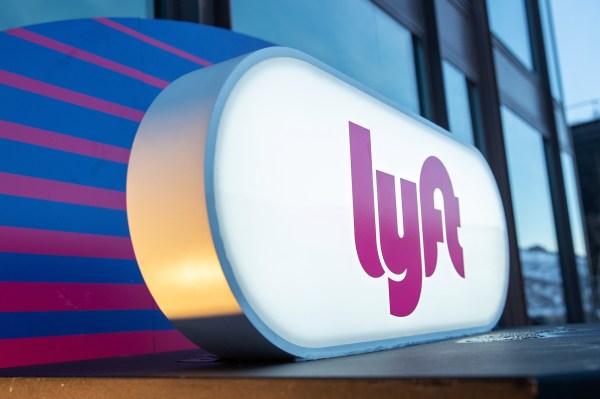[ad_1]

Lyft’s newly appointed CEO, David Risher, told employees in an email Friday that the company is significantly reducing its workforce as part of a restructuring effort.
Risher said the restructuring is part of Lyft’s plan to “better meet the needs of passengers and drivers.”
Lyft does not employ drivers who use the ride-hailing app to pick up and drop off passengers. Instead, the layoffs will be targeted at the company’s more than 4,000 full-time employees. Employees will hear via email sent on April 27 whether they have a job or not.
Lyft would not disclose the number of people who will be cut. A WSJ report, citing anonymous sources, said about 1,200 employees, 30% of the total workforce, would be affected.
Risher, a former retail executive at Amazon, took over as CEO at Lyft after co-founders Logan Green and John Zimmer stepped down last month.
Risher explained in the email that he made the decision to help the company achieve its two core goals.
“Lyft has two interrelated goals: We help riders get out and about so they can live their lives together, and we provide drivers with a way of working that puts them in control of their time and money,” he wrote.
“We need to be a faster, flatter company where everyone is closer to our drivers and drivers so we can deliver on this goal.” And we need to lower our costs to provide affordable rides, attractive driver revenues and profitable growth. We plan to use these savings to invest in competitive pricing, faster pick-up times and better driver revenue. All this requires us to reduce our size and restructure our way of organizing.
The move may not come as a surprise to those who closely follow Lyft and its struggle to keep pace with rival Uber.
Risher told TechCrunch that in an interview in late March Lyft could drop its ride-hailing offering and make other changes to its business model in an effort to focus on its core ride-hailing business and become profitable.
He listed a number of other products and services that could disappear, including Wait & Save, which allows passengers in certain regions to pay a lower fare while waiting for the best-located driver.
“It’s possible that we don’t need either of those anymore and we can focus all of our resources on doing a smaller number of things better,” Risher told TechCrunch at the time. “Maybe it’s time we said rideshares were great for a while, but it’s time to let that go.”
What’s less clear is how this could affect programs outside of ride-hailing, such as the bike-sharing service.
[ad_2]
Source link